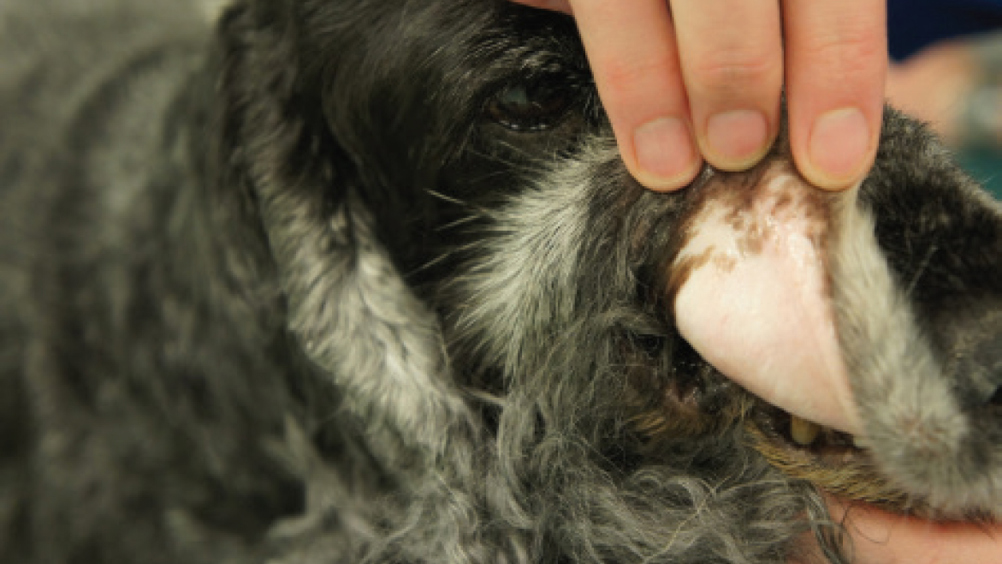References
Immune-mediated haemolytic anaemia: when blood is thinner than water

Abstract
Immune-mediated haemolytic anaemia is a significant cause of morbidity and mortality in dogs and, although less common, can also occur in cats. Immune-mediated haemolytic anaemia can be classified as spontaneous (non-associative) when no underlying cause is identified, or disease-associated (associative) when triggered by infections, neoplasia, drugs, vaccines or inflammatory conditions. Diagnosis relies on identifying regenerative anaemia, spherocytosis and positive saline agglutination or Coomb's tests. Treatment involves immunosuppressive therapy, with corticosteroids as the first-line agent and additional immunosuppressants if there is a poor response. Blood transfusions may be required in severe cases, and thromboprophylaxis is recommended because of the risk of thromboembolism. The prognosis varies, with survival rates between 50% and 88% in dogs and approximately 77% in cats, though relapses are common. This article reviews the diagnosis, classification, treatment and prognosis of immune-mediated haemolytic anaemia in cats and dogs, incorporating recent research and consensus recommendations.
Immune-mediated haemolytic anaemia is a significant contributor to illness and mortality in dogs (Figure 1) and, while less common, the condition can also affect cats. Immune-mediated haemolytic anaemia is classified as associative when it can be linked to an underlying disease and non-associative when no specific cause can be identified. Addressing the diseases responsible for immune-mediated haemolytic anaemia can potentially reduce or halt immune-mediated destruction of red blood cells, thus avoiding the adverse effects of long-term immunosuppressive treatment. Possible underlying causes include infections, cancer, medications, vaccines and inflammatory processes (Garden et al, 2019).
There is no universally accepted standard for diagnosing immune-mediated haemolytic anaemia in veterinary medicine (Garden et al, 2019). Therefore, the results of the diagnostic tests mentioned in this article should be considered in conjunction with other diagnostic tests and the patient's response to immunosuppressive treatment.
Classically, immune-mediated haemolytic anaemia presents as a strongly regenerative anaemia; however, it has been noted that 30% of dogs have a non-regenerative anaemia at first presentation (Piek et al, 2008; Swann et al, 2019), which means that a lack of regeneration does not rule out immune-mediated haemolytic anaemia. It can take 3–5 days for a regenerative response to be seen, and acute cases may show pre-regenerative anaemias.
Register now to continue reading
Thank you for visiting UK-VET Companion Animal and reading some of our peer-reviewed content for veterinary professionals. To continue reading this article, please register today.

